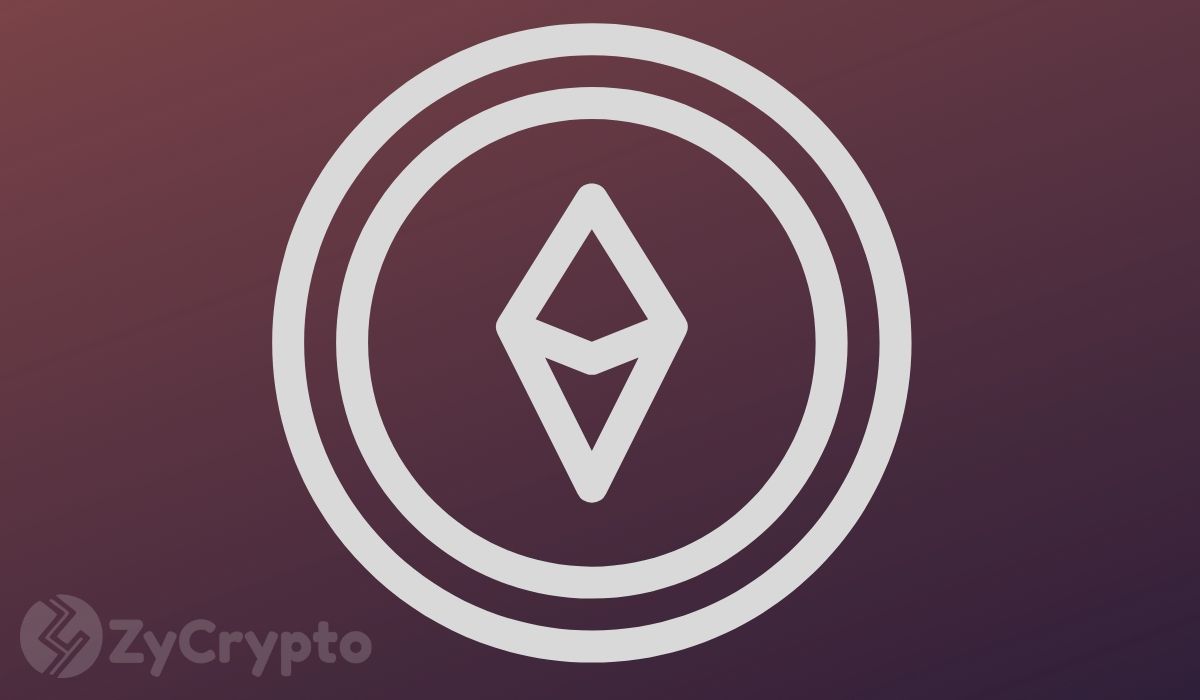Ethereum 2.0 was meant to launch in January 2020, but the launch was postponed to a later date, which has been revealed to be possibly July 2020. BitMex Research explained in a tweet that the decision is to scale via sharding, which is the separation of large databases into smaller and more manageable ones.
Responses show that people are not thrilled about the transition
Responses to BitMEX’s tweet were not supportive or excited about this launch, as many view it as a failure on the part of Ethereum. Replies such as ‘sell your Eth’ and ‘Ethereum is a shitcoin’ were posted, while one person asked when the launch of Eth 3 was expected. One person sarcastically commented that while Bitcoin was undergoing a halving, Ethereum was ‘doubling’.
According to the tweet, Ethereum has little choice but to attempt a very complex multi-year transition to a new network, which is very risky. In a blog post linked to the tweet, BitMEX Research claims that the launch may not be as important as it sounds since Ethereum 2.0 will mostly operate as a test network for Ethereum’s new proof of stake consensus mechanism.
“Ethereum is attempting to transfer its entire economy onto a new network, Ethereum 2.0. This transition is risky, highly complex and will take a considerable amount of time.”
However, Ethereum is trying to transfer its entire economy into a new network. This planned transition will take place in three phases; beacon chain phase, shard chain phase, and state execution phase.
“Many have asked us what impact the launch of Ethereum 2.0 will have on the price. Of course in the short term, a significant amount of ETH could be locked inside the beacon chain, attracted by the ability to earn the new block rewards. This could restrict the supply of ETH on the market and drive up the price, on the other hand it could merely attract ETH from other contracts where they are considered locked. However, the real question is whether Ethereum 2.0 will drive long term value and for that, supply does not only need to be restricted, there needs to be sustainable demand.”
The original Ethereum network will hold most of the smart contracts and economic activities while existing as a parallel system to Ethereum 2.0. This transition will cause the existence of Eth1 and Eth2; whereby Eth1 can be transferred to Eth2 but the reverse will not be possible.
Why sharding is preferred by many blockchains
The lack of scalability for many blockchains is an issue hence the choice to use sharding. It is a method many developers are exploring to increase transactional throughput. Through sharding, each node is not responsible for processing the transactional load of an entire network, but it maintains only information pertaining to its partition. This way, there is less centralization of activities and more security and decentralization of the ledger.
Ethereum’s decision to use sharding to increase scalability allows more transactions to be processed in parallel at the same time. However, this decision represents a change in the economic model of Ethereum. The network is described as an unstoppable single world computer, which might not be the case once it is broken into multiple shards.







